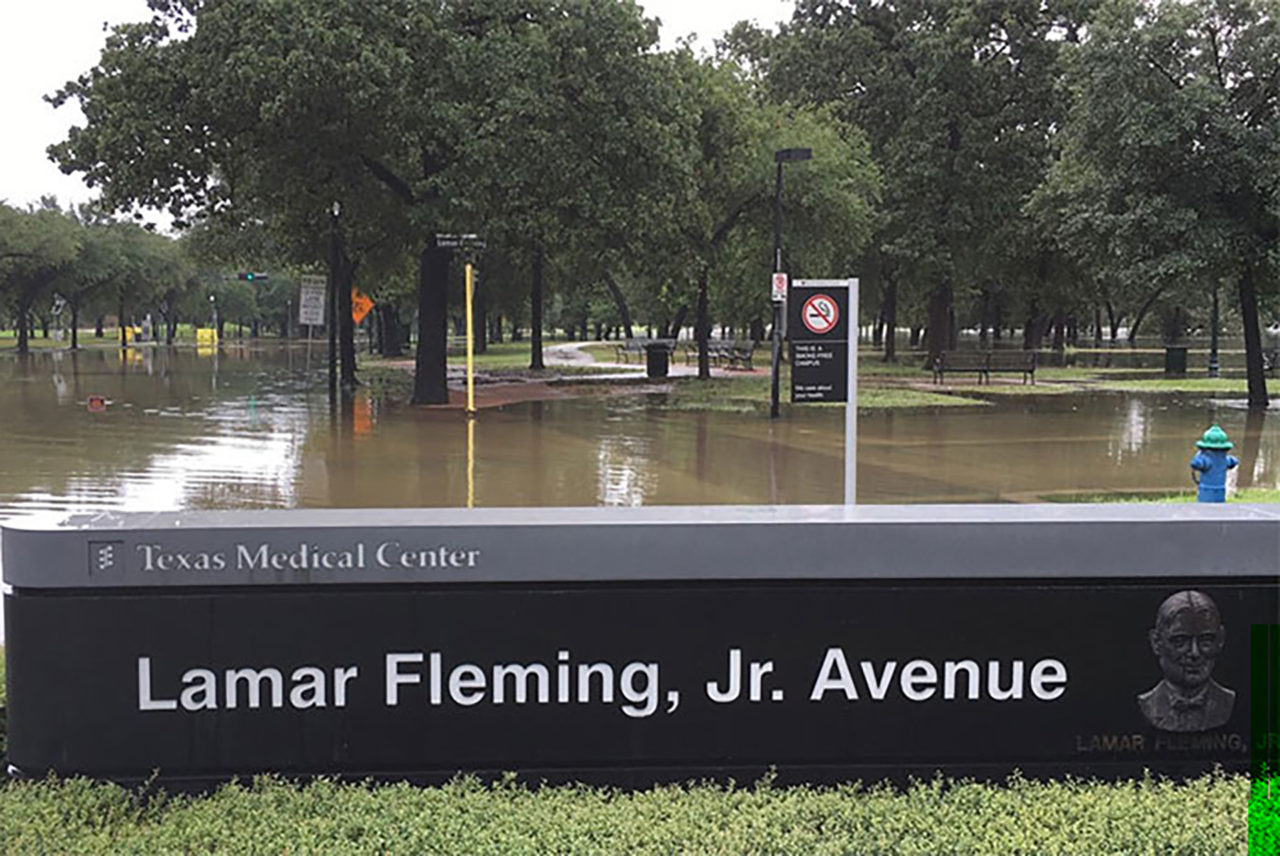 Special to Medical Journal – Houston
Special to Medical Journal – Houston
By TED SHAW, President/CEO, Texas Hospital Association
From car crashes, falls, assaults or accidents, traumatic injuries can take many forms. When a traumatic injury occurs, trauma care is needed quickly. And when a large-scale natural or manmade disaster occurs, the entire trauma care system is needed. This was never clearer than when Hurricane Harvey struck Texas’ Gulf Coast in August 2017.
In the parlance of emergency preparedness professionals, a hurricane is a “notice event.” There is advance warning and time, however brief, to prepare. Distinguished from a “no-notice event,” such as a mass shooting that occurs without warning, a hurricane, particularly one of the size and staying power of Hurricane Harvey challenges not only the immediate medical response to treat traumatic injuries, such as broken bones, lacerations and other lesions, it also requires the entire emergency preparedness and response system to be functioning at the highest level and capacity.
Harvey’s force affected all hospitals along the Gulf Coast, and their experience provides insight into the depth and scope of preparation and response the storm required. When the weather forecasted Harvey’s landfall near Corpus, hospitals along the coastline immediately initiated pre-deployment activities. For some hospitals, this included evacuating the most vulnerable patients and those dependent on electricity for ventilator or other mechanical life support via air and ground ambulance to other facilities. Hospitals also assembled supplies, pharmaceuticals, linens, generators, fuel, drinking water and food to accompany “ride out” teams of hospital clinical and facilities staff who would stay at the hospital for the duration of the storm to ensure continuity of care for existing patients and care for anyone who needed it during the storm.
Thousands of patients were cared for across the Gulf Coast during the storm, and even more patients, physicians, staff and family members were sheltered within the hospitals for the length of the storm.
Once the rain stopped and flood waters began to recede, patients presented in hospital emergency departments for care for once-chronic conditions that had turned acute because of the lack of accessible, community-based care during the storm. Patients needing oxygen, dialysis, and medications sought care at the only sites that were open—hospitals. Other patients with injuries incurred from rescue and repair accidents also needed treatment.
Hospital systems flew in nurses from other facilities to provide indispensable relief for their exhausted staff who had been on duty and in hospitals for five straight days. For three weeks, hospitals continued modified command operations as staffing challenges persisted and damage to buildings and equipment emerged.
Hurricane Harvey remains one of the costliest natural disasters in U.S. history. Hospitals incurred those costs in addition to hundreds of millions in costs in staff overtime, security, lost revenue and supplies. For a once-in-a-century storm of the size and devastation of Harvey, it is a testament to the decades of hospital investment in emergency preparedness and response and in being a part of a trauma response system that minimized the storm’s death toll and ensured that only 20 hospitals total were evacuated or closed, and all but one just temporarily.
All hospitals help form this vital infrastructure, but having a strong trauma system that plans, prepares and practices for disasters of all types is absolutely critical.
Texas has 283 facilities that are staffed and equipped to handle trauma cases at any moment and ready to provide specialized care to any Texan needing it.
However, a large portion of trauma care is not reimbursed. Texas’ trauma hospitals collectively incurred $320 million in unreimbursed trauma care in 2016. State and federal funding offsets just over half of these costs.
As the 86th Texas Legislature convenes this month, protecting dedicated state funding for Texas trauma hospitals is critical to ensure every Texan can access life-saving trauma care when they need it.


